Many teachers and students across Australia are preparing to return to the classroom after an extended time doing remote learning. Whilst this is a very exciting outcome for many, there are no doubt going to be some speed bumps. It’s important that we acknowledge there are going to be some children who experience some anxiety and nerves about returning back to school after so long away from the classroom. Even as teachers we may have some butterflies in our tummies. Let’s try and make this transition easier for both ourselves and our students. This blog outlines some helpful and easily implemented hints and tips for transitioning students back to face-to-face learning.
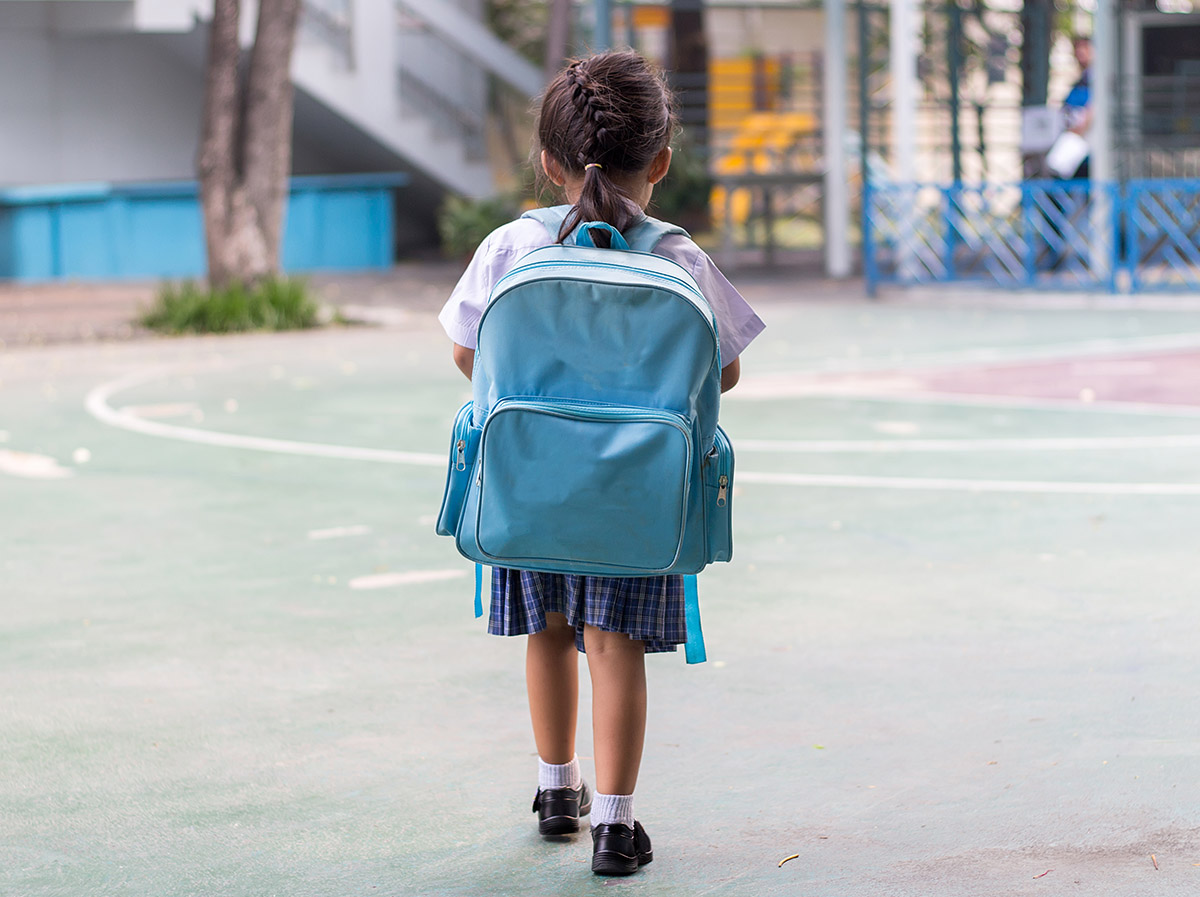
Shutterstock.com / MR.Yanukit
Hints and Tips for Transitioning Students Back to the Classroom
You may also be interested in listening to these podcasts: Re-Engaging Your Students After Extended Absence from School and Reducing Anxiety in Kids Returning to School After Isolation.
(1) Re-Welcome Students
Some of you may not have seen your students for well over a school term. It probably feels like a lifetime for both you and your students. Why not make them feel special as they enter their classroom again with a little welcome back gift? It’s a nice way to express how much you missed them and also alleviates any initial stresses they may have. Our gorgeous Personalised Student Bookmarks come in black and white too, so you could leave this on their desk for them to colour in. A nice settling-in activity after so long away from the classroom environment.
(2) Routine and Structure
A typical day during remote learning will have looked different for each student. No doubt there were days that were a little less structured due to general home life. Many parents would have been juggling working from home as well as other siblings needing assistance with their school work. This is why re-outlining the routine and structure of each of the school days is going to be crucial.
Spend time each morning going over your visual timetables and what students will need to have organised for the day. Make sure to factor in your brain breaks (more than usual). Also, younger kids may have gotten into the habit of snacking a lot during remote learning – keep an eye on this… you may want to introduce a ‘healthy snack’ break mid-morning!

Shutterstock.com / Sharomka
(3) Let’s Reflect!
It’s important to spend time reflecting on how remote learning went for each of your students. This gives them time to reflect and bring that period of the school year to a finish. We can’t just jump back into the classroom and pretend it didn’t happen! A great activity is to use some butchers’ paper with different questions written at the top. Then, provide your students with some sticky notes and get them to write their answers and stick the sticky note under each of the questions.
Remote learning reflection questions for kids:
- What was my favourite subject to do during remote learning?
- What’s one reason I’m happy to be back in the classroom?
- What’s one thing I found hard during remote learning?
- What’s one thing I learnt during remote learning?
- What am I worried about right now?
- What am I excited about right now?
Students may also feel relieved when they see other children with similar responses to them.
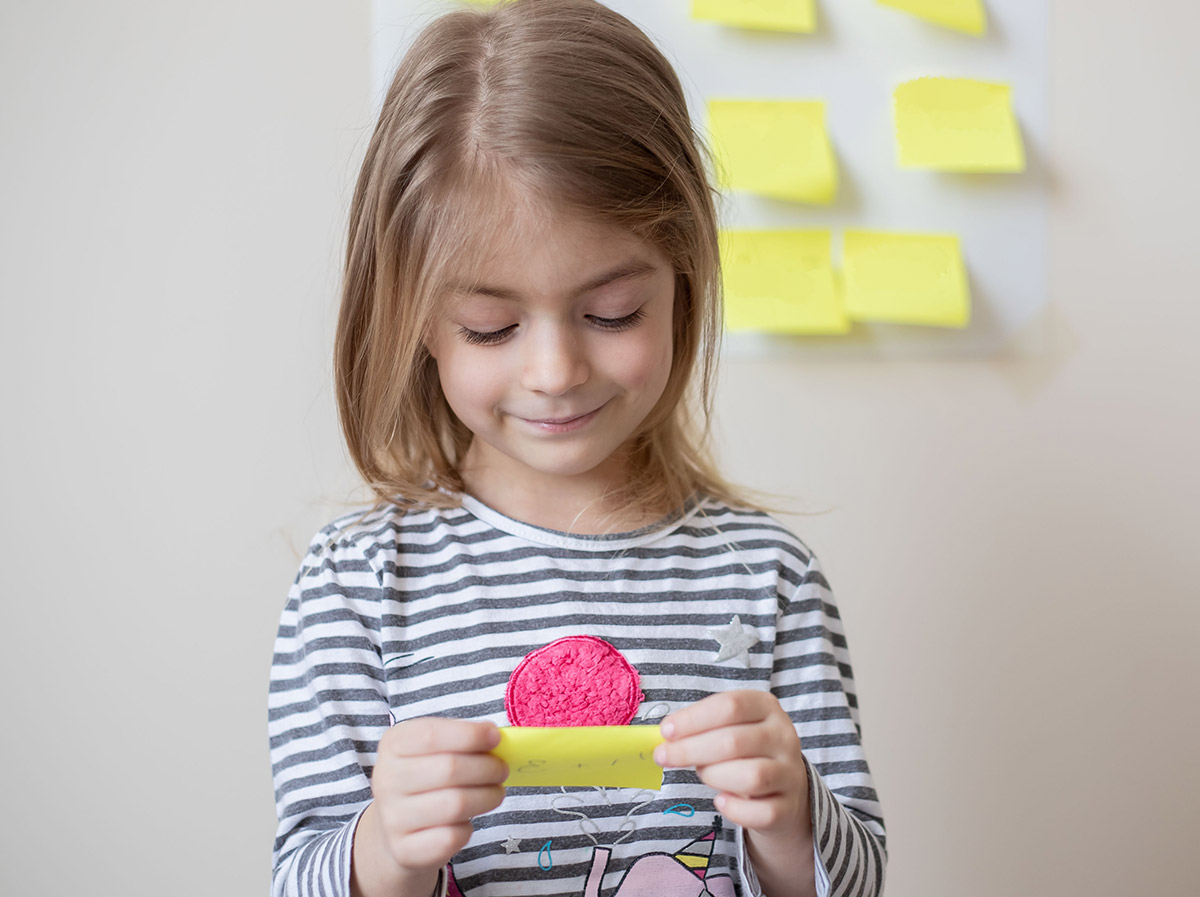
Shutterstock.com / Julija Sulkovska
(4) Check-in Daily
The wellbeing of our students is always at the forefront of everything we do as teachers. Now more than ever, this is crucial. But, it can be hard to check in with your students every single day and give them the adequate time they may need. Why not implement something like mood trackers into your morning routine? This then allows you to assess how students may be feeling. You can then spend time checking in with those students that seem to be experiencing big emotions.
Our printable mood trackers are kid-friendly and the perfect solution. Each day they colour in an item with a colour that expresses how they may be feeling.
(5) Ease Back into It
Be kind to them and yourself. It’s been one crazy year, so if you all need a self-care afternoon doing some mindful colouring in – that’s okay! There’s no doubt going to be a lot of things that you and the students need to catch up on, but, your wellbeing and theirs is the MOST important aspect to take care of during these unprecedented times.
Your students are certainly not going to learn or engage in learning while they are feeling overwhelmed. So, be guided by them. And, don’t forget to take care of yourself too!
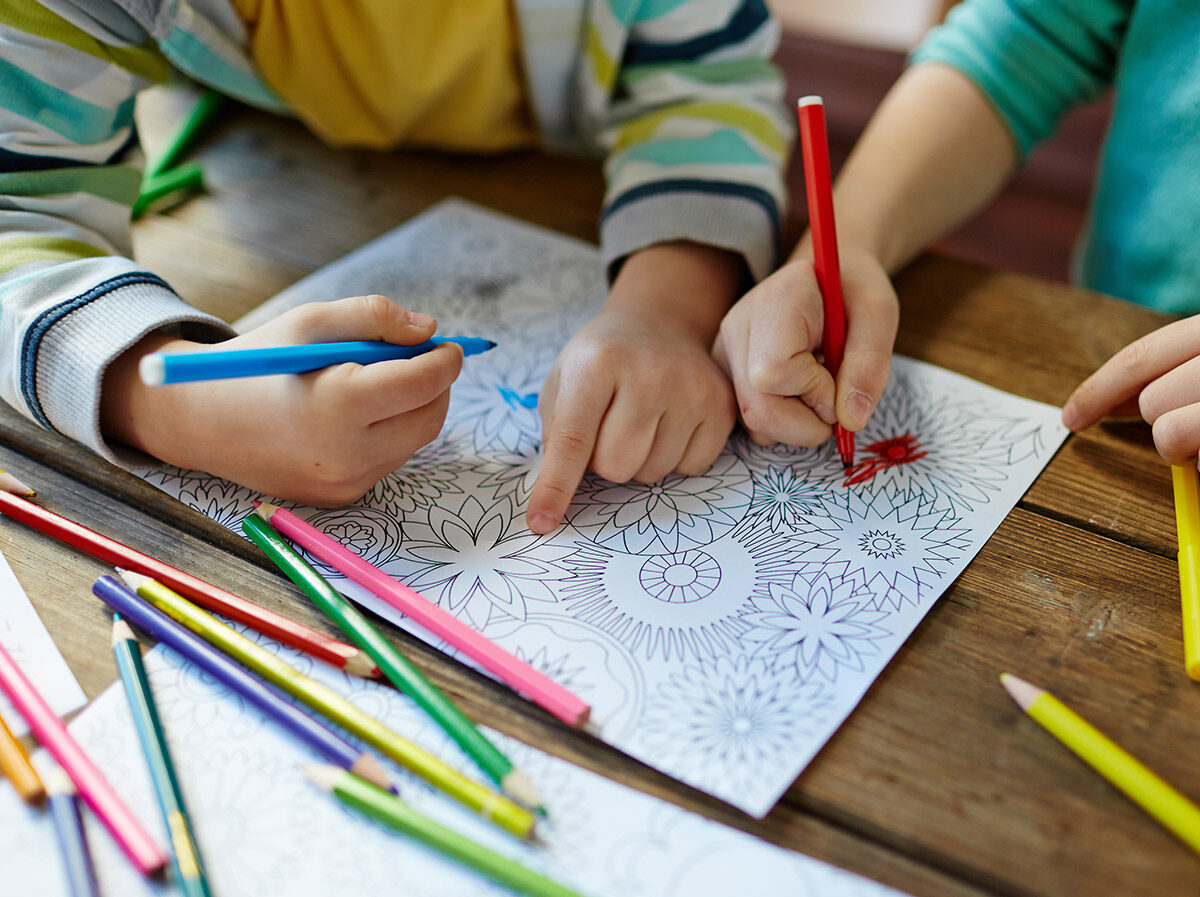
Shutterstock.com / Pressmaster
(6) Be Proud Peacocks
Express to your students how proud you are of their achievements during remote learning. You’ll be surprised how much they will appreciate and latch on to those words being said by someone they idolise. We have this super cute Proud Peacock template that would work perfectly for this lesson.
Have your students write all the things they are proud of since the beginning of the remote learning experience.
(7) Open Communication
Hold classroom meetings and discussion circles (depending on the age of your students). You might like to start your first discussion circle with this beautiful Back to School (Again) Poem. This poem has been written to help children transition back to school after an extended time away from face-to-face learning. It’s perfectly timed and perfectly pitched for kids.
Suggested Circle Time Activity
- Read Back to School Today! and discuss how the character in the poem feels.
- Draw out from your discussion that the character feels a mix of emotions, and that these feelings change over time.
- Encourage students to recall how they felt when they woke up that morning.
- Model how to complete the sentence – “When I woke up this morning I felt…”
- Give students thinking time to plan their responses.
- Encourage students to take turns to complete the sentence verbally.
- Provide students with a pass option if they do not wish to share.
(8) Talk about Worries
Make sure to provide your students with different ways they can express their worries. You could create a worry jar for your classroom. Place the jar and some ‘worry slips’ in an easily accessible place in the classroom. If your students feel the need, they can write a worry and place it inside the jar. They can close it up tight and set their worry aside for the time being. Then, you may like to have a chat with them about their worries at a later time if they feel comfortable.
You might also like to check out our free Worry Waterfall resource. This resource has been created to help students deal effectively with worrying thoughts. The Worry Waterfall encourages students to recognise worries that they can and can not control.
How to use The Worry Waterfall:
-
- Introduce The Worry Waterfall through class discussion.
- Model how to follow the steps.
- Provide examples of everyday worries. Encourage students to practise following the steps.
- Display the poster in your classroom and refer to it when necessary.
(8) Assess but Don’t Stress
There is no doubt going to be some learning gaps that will need to be managed. Creating some simple tests that assess where your students are upon returning to face-to-face learning is going to be crucial. Treat it like the start of the year, almost like they are new students that you are wanting to get a basic understanding of where their learning is at. But, don’t overwhelm them with lots of tests, too! It’s a balancing act. You might like to check out our pre and post-test collection for some basic assessments.
Of course, to top it off, it’s most likely report card time for you, too. You may like to check out this blog to help you along with that as well – School Report Cards During COVID-19 (Includes Comment Bank.
Don’t forget to join support groups or chat with your colleagues about how you are going.
We’d love to have you join our Teacher Talk Facebook group where we can share hints and tips as we go.
Blog Banner Image: Shutterstock.com / Africa Studio

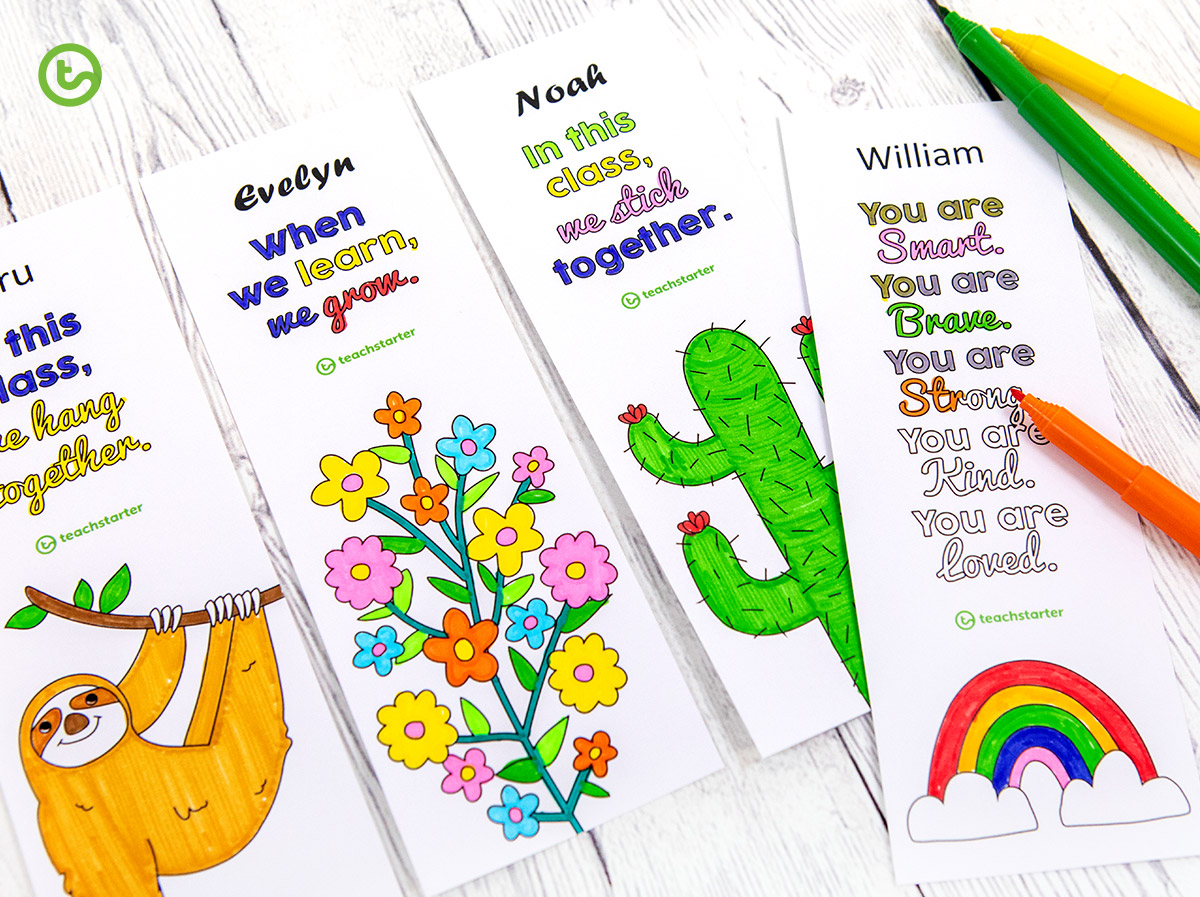
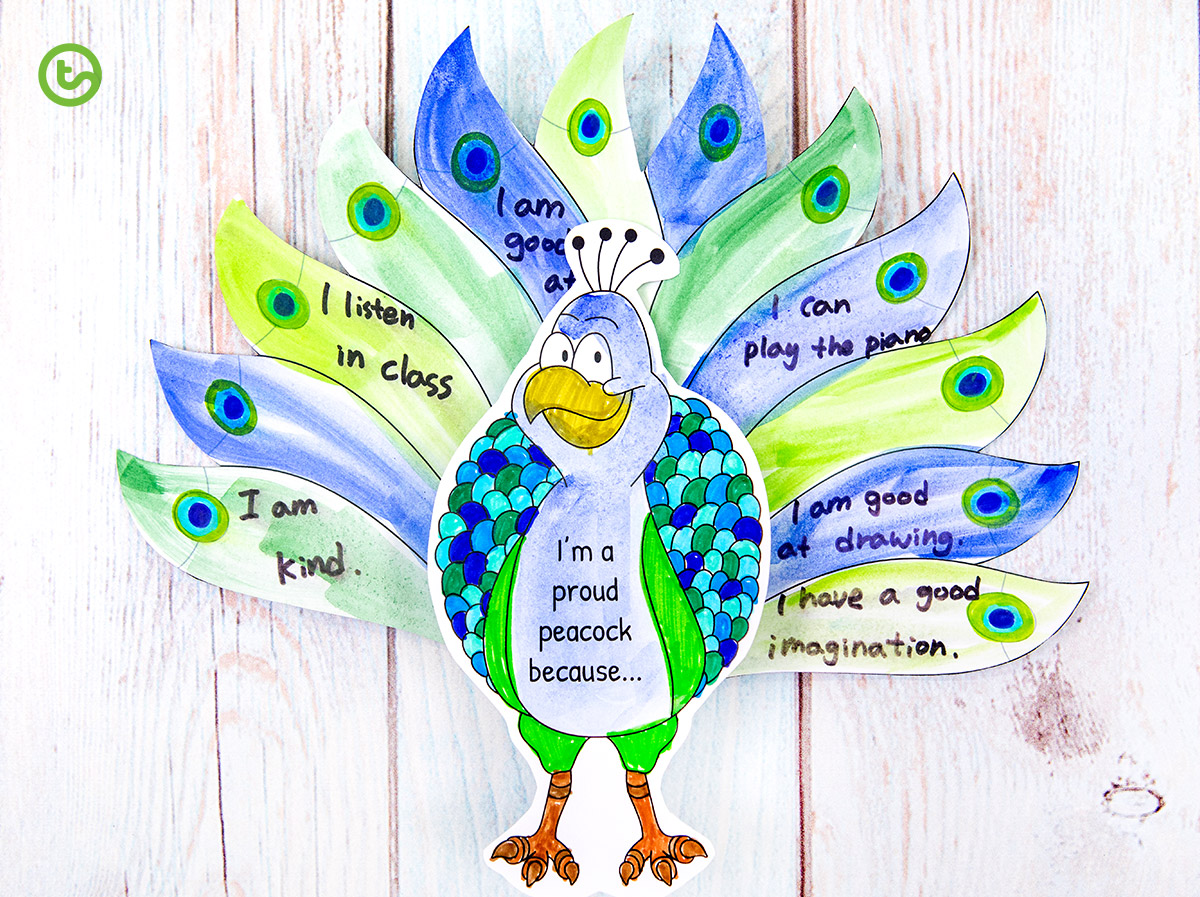
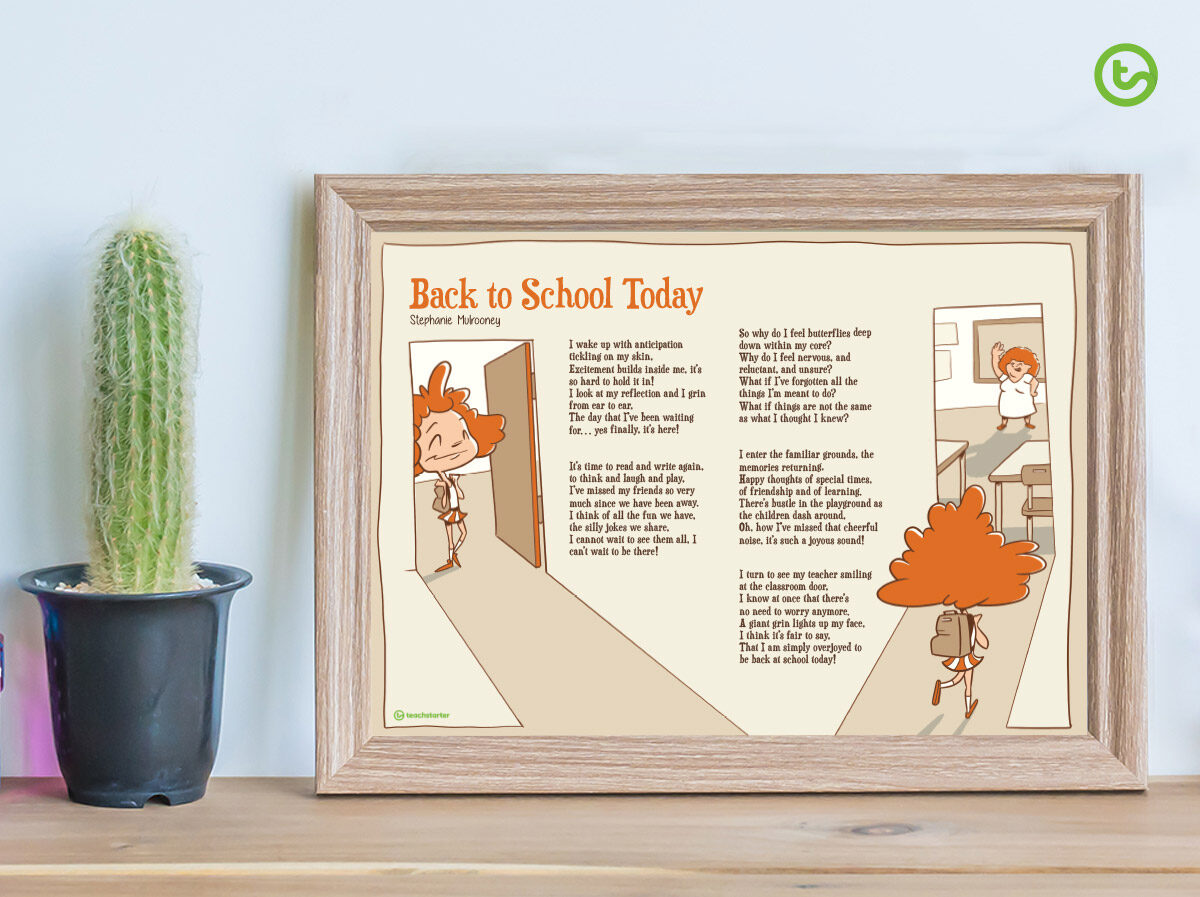
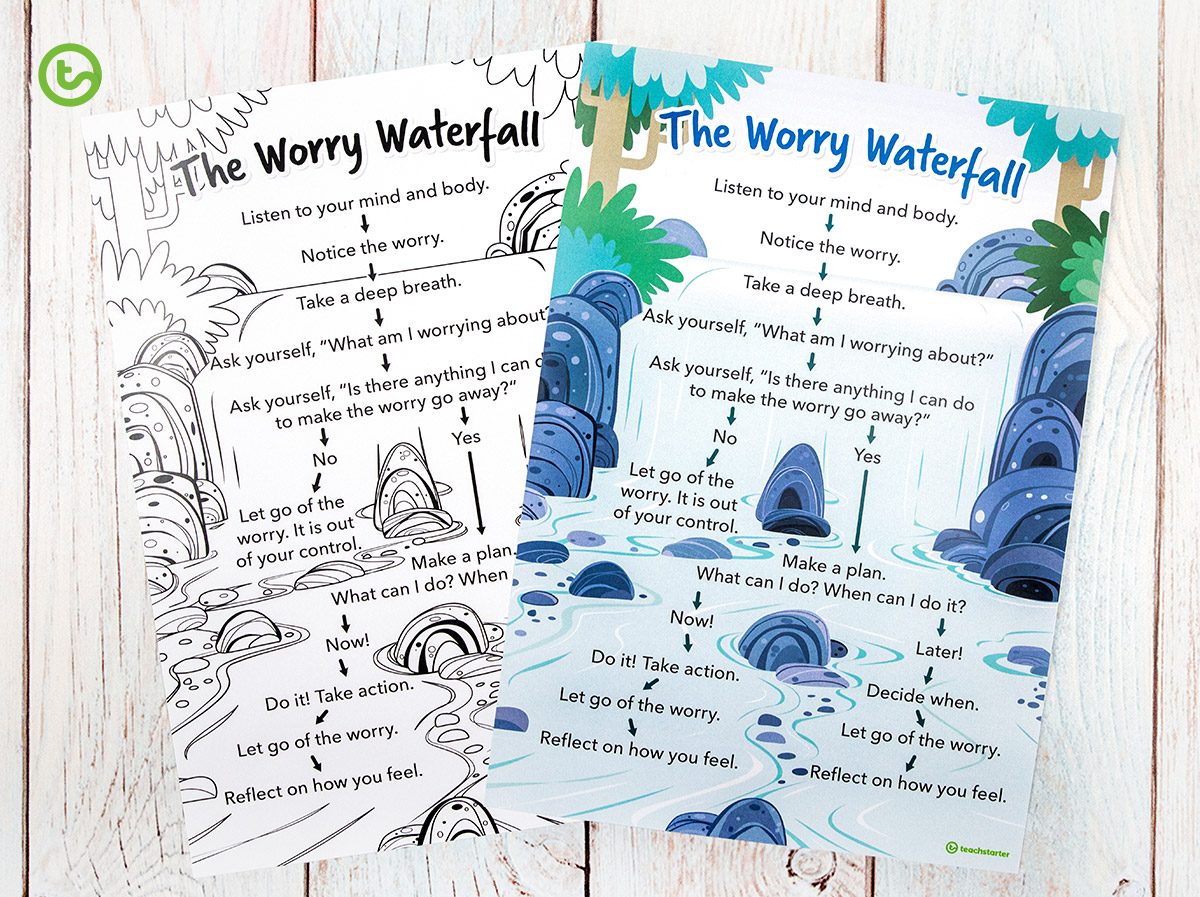
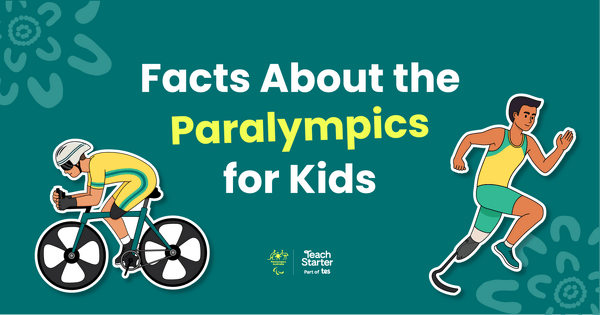

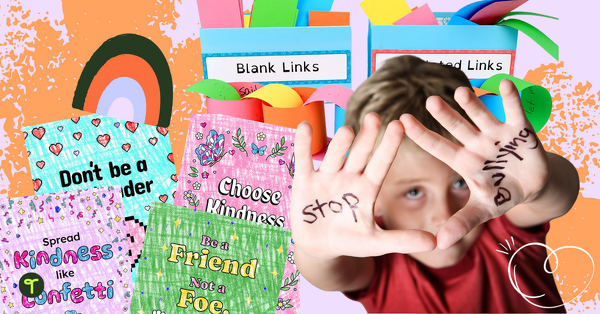
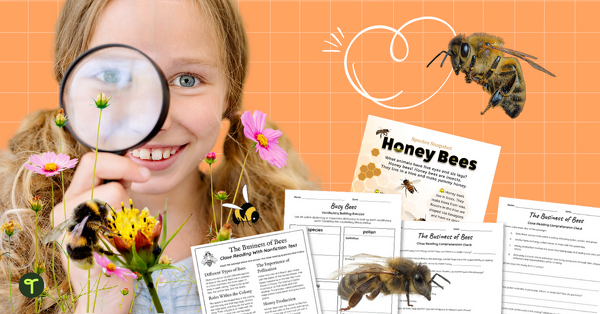
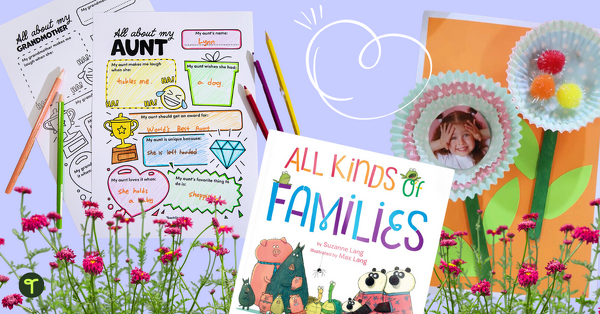
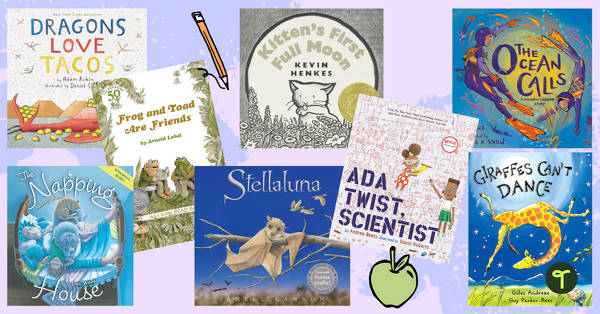
Comments